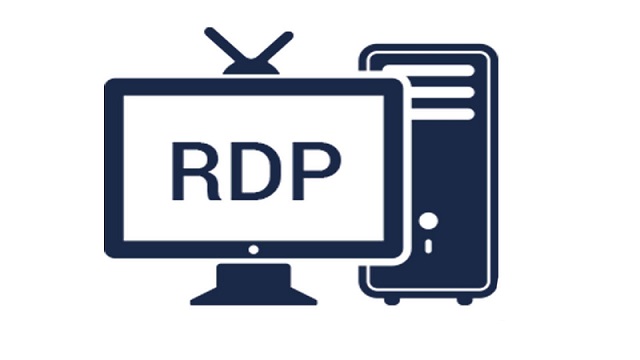
RDP (Remote Desktop Technology) is a Microsoft network communications protocol that allows users to connect to another computer from a remote location. It is an expansion of the ITU-standardized T.120 point-to-point communication protocols (International Telecommunications Union).
RDP provides a graphical interface for connecting one machine to another remotely. The user initiating the RDP connection request must be using a computer that has RDP client software installed and running in order to use RDP. The machine to which the user is attempting to connect must be running RDP server software, which enables the client to connect remotely. Once connected, the person who initiated the request will be able to see and access the desktop of the computer to which they are connecting through RDP.
Remote Desktop Protocol (RDP) Basics
Microsoft’s RDP client software, currently known as “Remote Desktop Connection,” is the most widely known. It was previously known as “Terminal Services Client,” which can still be found in certain older materials on the subject.
Once RDP client software is installed on a device, a user can connect to any computer running Windows or another compatible operating system. For example, if you need to access your PC from a laptop or another device, you can use RDP to connect to the remote PC, view the content from the remote display on your local screen, and interact with it as if you were working locally on that system.
All contemporary Windows operating systems, including Windows desktop and Windows server editions, include a built-in RDP server for remote desktop access. There are numerous non-Microsoft RDP clients and servers available. In addition to Windows, common operating systems that support RDP include Linux, Unix, Mac, iOS, Android, and others. There is also an open-source client called “rdesktop” that can be run from the command line. There are a plethora of graphical user interface clients that are created on top of the functionality given by rdesktop.
In addition to remotely accessing PCs, Microsoft employs RDP in its Azure cloud-computing service to deliver virtual computers to consumers.
How RDP Works
RDP transfers screen data from the remote terminal server to the client and keyboard and mouse inputs from the client to the remote server. Communication between the client and the terminal server is extremely asymmetric: a large amount of data travels from the server to the client, while only a small amount flows from the client to the server. This is due to the fact that a substantially larger amount of data is necessary to represent graphical screen information than is required to describe keyboard and mouse inputs.
RDP uses the X.224 protocol to establish a connection between two devices, T.125 MCS to enable multiple channels, and TPKT to communicate information units.
Remote Desktop Use Cases
Traveling
When you travel for business or for pleasure, you may require access to your workplace computer. Working from anywhere in the globe is a breeze when you use Remote Desktop Protocol.
System Admins
Remote Desktop Protocol enables you to do administration operations such as PC tune-up, computer troubleshooting, ID protection settings, software installation, printer setup, email setup, and virus and spyware removal. Software specialists and technical support agents can remotely maintain a machine via RDP.
Demos
Remote Desktop Protocol can be used to simply demonstrate procedures or software applications that are normally only available from your office. RDP allows you to access data from any private device. This means you can prepare the demonstration on your office computer and then display it on another device somewhere else, such as a conference room or a client’s offices.
Computer processing power
RDP allows you to connect to a powerful workstation in the office from home or on the road using a far less competent PC.

